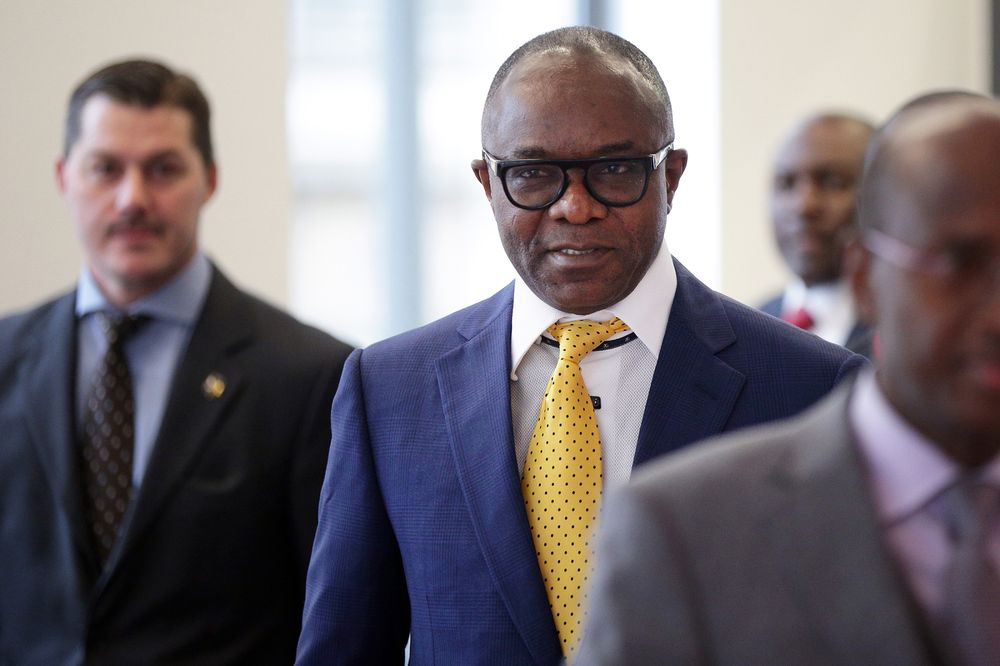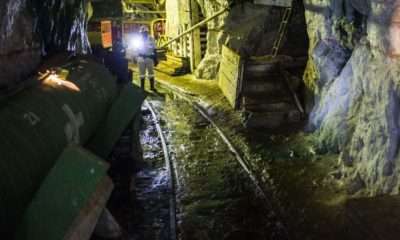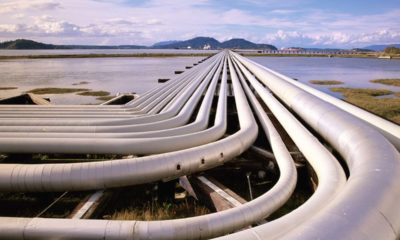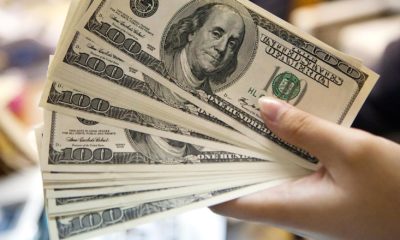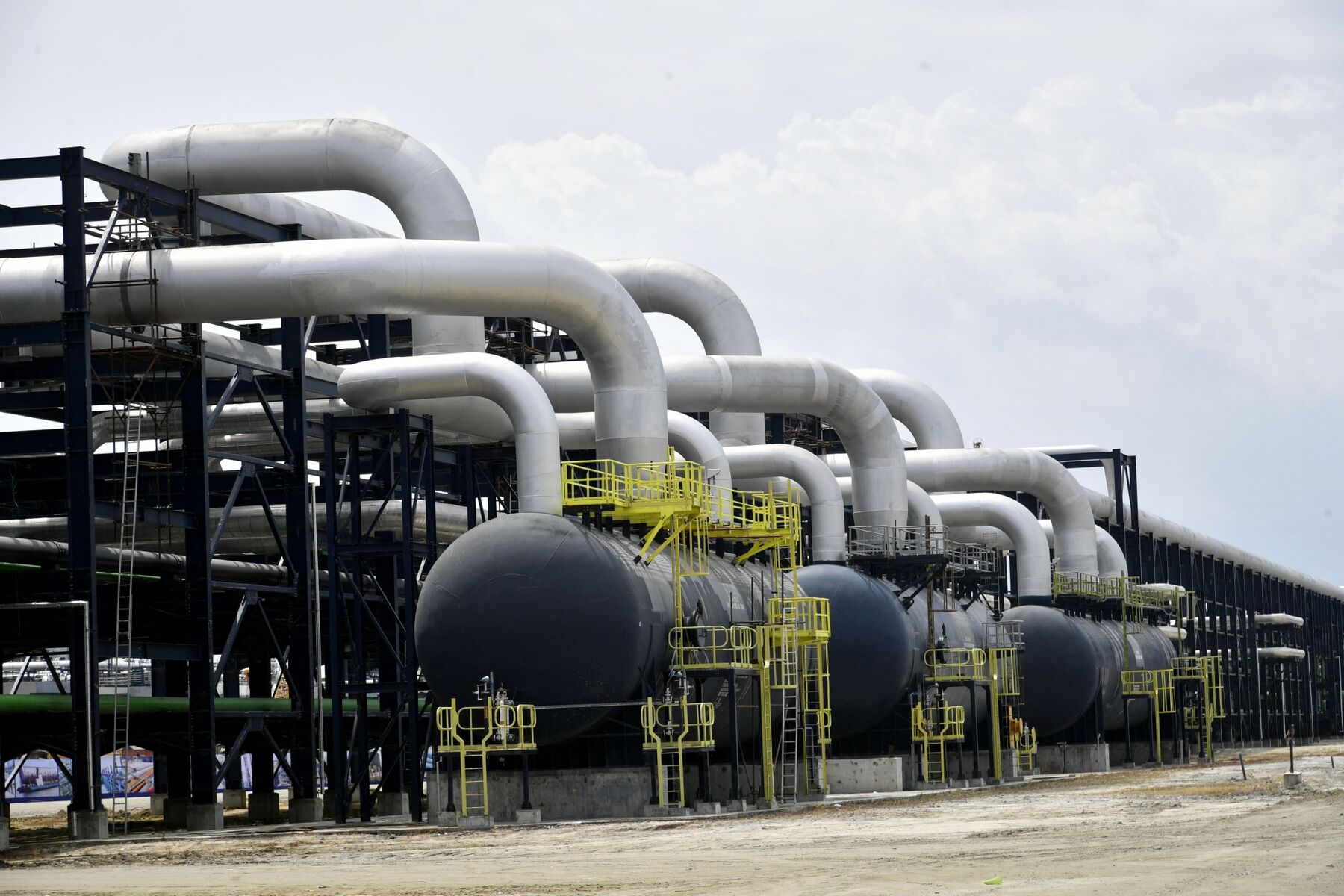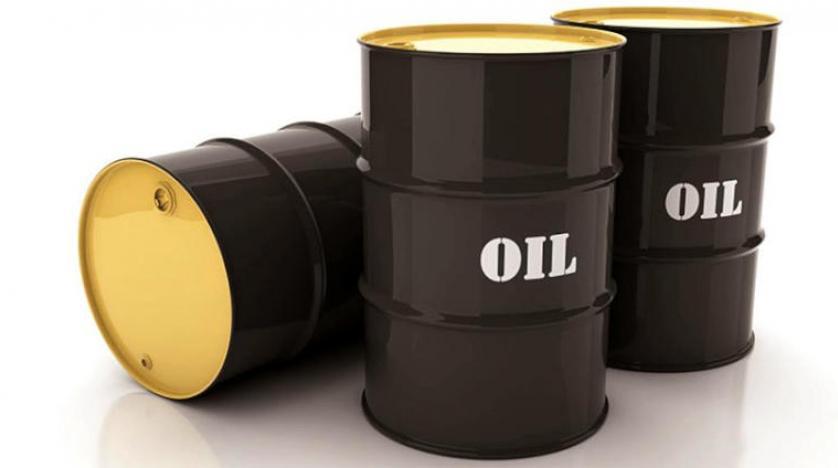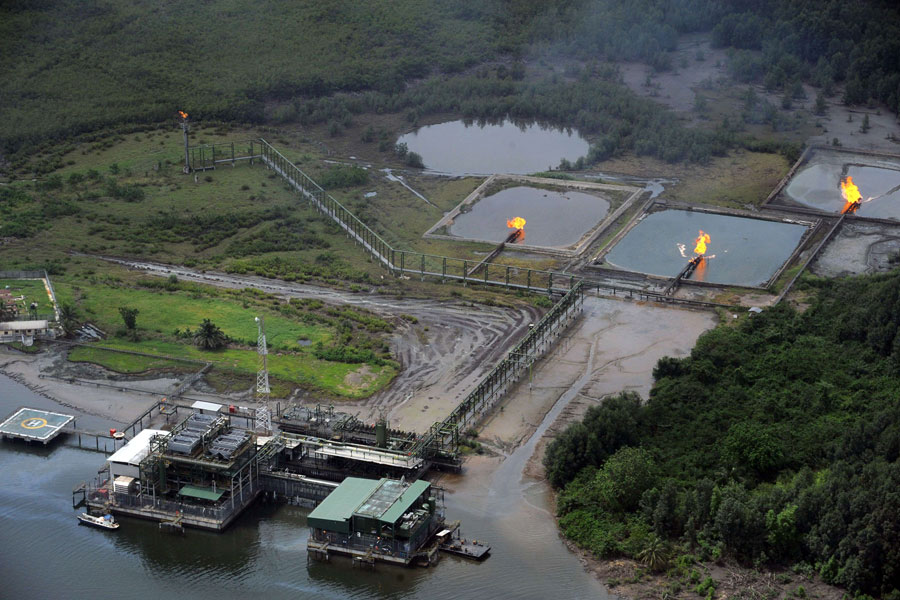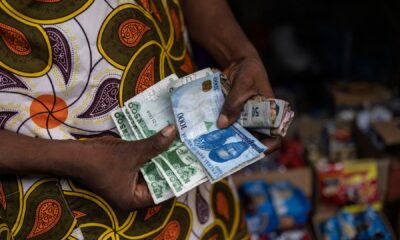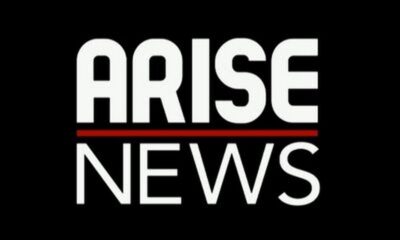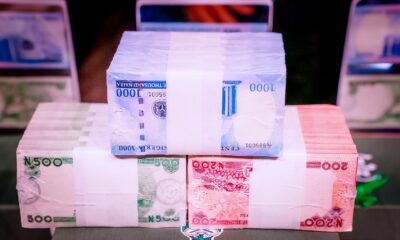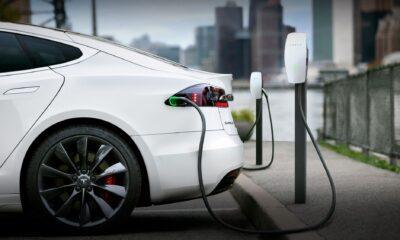- Kachikwu Directs NNPC, Shell to Start $10bn Bonga South West Project Tuesday
The Minister of State for Petroleum, Dr. Ibe Kachikwu, has directed the Nigerian National Petroleum Corporation (NNPC) and Shell Nigeria Exploration and Production Company (SNEPCo) to commence the tendering process for the execution of the $10 billion Bonga South West/Aparo (BSWA) deepwater project Tuesday, investigation has revealed.
This is coming as Nigeria’s Bonny light crude oil blend maintained an average spot price of $54.55 per barrels in 2017 to become the second most valued crude oil blend in the oil price reference basket of the Organisation of Petroleum Exporting Countries (OPEC), according to the cartel’s 2018 Annual Statistical Bulletin (ASB).
Kachikwu’s directive followed the April 17, 2018 meeting between President Muhammadu Buhari and a delegation from Royal Dutch Shell Plc., led by the Chief Executive Officer, Bern Van Beurden, in London, where a decision was reached that the oil giant and the NNPC would begin the implementation of projects that have been on the drawing board for several years.
The London meeting, which was facilitated by Kachikwu, also had in attendance the Group Managing Director of the NNPC, Dr. Maikanti Baru.
The meeting was said to have presented an opportunity to open investment talks of up to $15 billion to be invested by Shell in Nigeria.
Estimated to cost about $10 billion, the Bonga South West/Aparo project, which has been on the drawing board for several years, is being executed by SNEPCo under a Production Sharing Contract (PSC) arrangement with the NNPC.
First oil from the project, which is expected to add 225,000 barrels per day of crude oil to Nigeria’s daily production, is expected in 2021 or 2022.
Other key projects that have also suffered delays in Nigeria’s oil and gas industry include: the 120,000bpd Shell and Eni’s Zabazaba/Etan project in the disputed Oil Prospecting Lease (OPL) 245, ExxonMobil’s 140,000bpd Bosi project, ExxonMobil’s 110,000bpd Uge project and Chevron’s 100,000bpd Nsiko deepwater project.
The delays in the execution of these projects, which are estimated to cost about $23 billion, are largely caused by the lack of clarity of terms as a result of the non-passage of the 18-year-old Petroleum Industry Bill (PIB), and inadequate funding.
However, following the meeting between the president and the Shell executives, Kachikwu directed the NNPC to conclude all the processes leading to the execution of the Bonga South West project latest by Monday, June 18.
In a letter obtained exclusively by THISDAY with reference number HMS/MPR/027/Vol.1/096, dated May 9, 2018 and addressed to Baru, the petroleum minister stated that his directive was in furtherance to the meeting held between the president and the Shell executives in London.
“Please recall the meeting held between His Excellency, Mr. President and Royal Dutch Shell on April 17, 2018 in London, on important matters, including the Bonga South West project. In furtherance to the meeting, NNPC is required to urgently conclude all processes leading to the execution of the Bonga South West project by June 18, 2018,” Kachikwu said in the letter.
Following Kachikwu’s directives, the NNPC, through its investment arm, the National Petroleum Investment Management Services (NAPIMS), has also approved the Invitation to Tender (ITT) documents prepared by SNEPCo for the six packages in the project.
Granting the approval through a letter dated June 6, 2018 with reference number NAP/GGM/02.13 and signed on behalf of the NNPC by the Group General Manager (GGM) in charge of NAPIMS, Mr. Roland Ewubare, the corporation also informed SNEPCo, “All necessary updates to ITT documents through the tendering stage will require NAPIMS’ approval.”
Buhari and the Shell executives were said to have discussed the Bonga offshore oil field development and the expansion of liquefied natural gas projects.
Shell had confirmed the meeting, saying: “Both projects are subject to a future final investment decision and we continue to work with our partners and the government towards that in each case.”
The BSWA project includes the construction of a new Floating Production, Storage and Offloading (FPSO) facility with an expected peak production of 225,000 barrels of oil per day.
Checks revealed that the BSWA field straddles Oil Mining Leases (OMLs) 118, 132 and 140.
However, the bulk of BSWA resources are located in OML 118 but it also extends into OMLs 132 and 140, operated by Chevron, where it is called Aparo.
SNEPCo is the operator of the BSWA project in line with the agreement between the NNPC, Esso Exploration & Production Nigeria (Deepwater) Ltd., Total E&P Nigeria Ltd., Nigerian Agip Exploration Ltd., Texaco Nigeria Outer Shelf Ltd., Star Ultra Deep Petroleum Ltd., Sasol Exploration and Production Nigeria Ltd. and Oil and Gas Nigeria Ltd.
In another development, Nigeria’s Bonny light crude oil blend maintained an average spot price of $54.55 per barrels in 2017 to become the second most valued crude oil blend in the oil price reference basket of OPEC, according to the cartel’s 2018 Annual Statistical Bulletin (ASB).
Obtained in Abuja, the 53rd edition of the OPEC’s ASB provided key statistical data for all of OPEC’s 14 member countries, Algeria, Angola, Ecuador, Equatorial Guinea, Gabon, Islamic Republic of Iran, Iraq, Kuwait, Libya, Nigeria, Qatar, Saudi Arabia, the United Arab Emirates (UAE) and Venezuela.
According to the data, only the UAE’s Murban blend traded higher than the Bonny Light at $54.82 per barrel within OPEC’s reference basket.
It also explained that within other corresponding crude oil spot prices, Bonny Light maintained a good posture in 2017, trading below Malaysia’s Miri and Tapis blends, which were sold at $56.93 and $56.29 per barrel respectively, with Mexico’s Isthmus blend trading at $54.60/b; and Norway’s Oseberg blend at $55.04/b.
OPEC explained the ASB has been a product of numerous months of hard and labour-intensive work involving analysts, researchers and statisticians, both at its secretariat and that of its 14-member countries.
Based on its reference basket and corresponding spot prices, OPEC’s ASB noted that Nigeria’s Bonny Light crude oil sold at an average price of $111.36 per barrel in 2013; $100.85 in 2014; $52.95 in 2015; $44.02 in 2016; and $54.55 in 2017.
It said on oil production that between 2013 and 2017, Nigeria produced 1.753 million barrels per day (mbd); 1.807mbd; 1.748mbd; 1.427mbd; and 1.535mbd respectively, noting that an average of 1.535mbd of oil was produced in 2017 as against 2.048mbd and 2.053mbd it produced in 2010 and 2000 respectively.
It added that Nigeria’s closest rival in Africa, Angola, which once overtook her during the heydays of militancy in the oil-bearing Niger Delta region, produced an average of 1.632mbd.
The OPEC’s report, however, indicated that Nigeria did not significantly increase her crude oil reserves within these periods.
OPEC said the country’s oil reserves stood at 37.071 billion barrels (bbls) in 2013; 37.448bbls in 2014; 37.062bbls in 2015; 37.453bbls in 2016; and 37.453bbls in 2017
It said the number of active oil rigs in Nigeria were 59 in 2013; 46 in 2014; 29 in 2015; 9 in 2016 and 13 in 2017, while the number of producing wells in 2013 were 1,951; in 2014 – 2,010; in 2015 – 1,947; in 2016 – 1,668; and 1,777 in 2017.

 Naira4 weeks ago
Naira4 weeks ago
 News4 weeks ago
News4 weeks ago
 Naira4 weeks ago
Naira4 weeks ago
 Jobs4 weeks ago
Jobs4 weeks ago
 Travel3 weeks ago
Travel3 weeks ago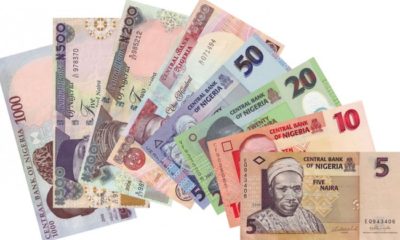
 Naira3 weeks ago
Naira3 weeks ago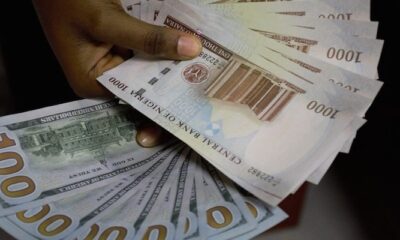
 Naira3 weeks ago
Naira3 weeks ago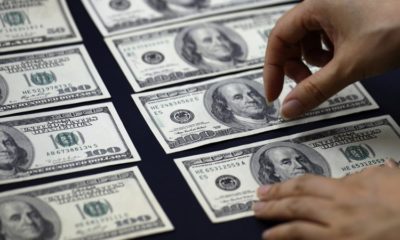
 Investment4 weeks ago
Investment4 weeks ago
